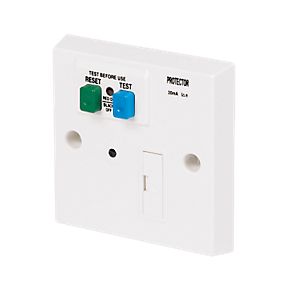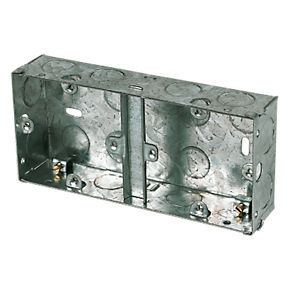Hi i was wondering if someone could give me some advise please.
I have currently redecorating the house and want to add two sockets in the dining room.
At the moment i have one double socket which is a spur of the back of another double socket which is on the ring circuit in the bedroom next to the dining room. If i change this spur socket to a RCD one can i run two spurs of it?
Also, can i run a spur from the RCD into a junction box and then run two spurs of the junction box to double sockets. like star formation from jucntion box.
I have currently redecorating the house and want to add two sockets in the dining room.
At the moment i have one double socket which is a spur of the back of another double socket which is on the ring circuit in the bedroom next to the dining room. If i change this spur socket to a RCD one can i run two spurs of it?
Also, can i run a spur from the RCD into a junction box and then run two spurs of the junction box to double sockets. like star formation from jucntion box.



